Winter Red Coral Bark Japanese Maple – 1 Gallon Pot
$69.97 Original price was: $69.97.$48.98Current price is: $48.98.
SKU: D2LSC 330079148 Categories: JAPANESE MAPLE TREES, Japanese Maples
- Your needs, our top priority.
- Safe Transactions, Always
- Unbeatable quality, unbeatable prices.
- Quality and Affordability Combined

Winter Red Coral Bark Japanese Maple
Acer palmatum ‘Winter Red’
Plant Details
USDA Plant Hardiness Zones: 5b-9b (must have afternoon shade or filtered sun in Southeast Zone 9) Find Your Zone
Height at Maturity: 8-10′ at 10 years of age; 12-14′ at maturity
Width at Maturity: 4-6′ at 10 years of age; 7-8′ at maturity
Growth Habit / Form: Upright, Vase Shape
Growth Rate: Moderate
Foliage Color in Spring: Lime Green
Foliage Color in Summer: Medium Green
Foliage Color in Fall: Golden Yellow, Orange, Red, Pink
Light Needs: Full Sun or Mostly Sun, Morning Sun with Dappled or Afternoon Shade, All Day Filtered Sun, Morning Shade with Evening Sun
Water Needs: Average, moderately drought tolerant when established
Soil Type: Clay (Amend to ensure good drainage), Loam, Sandy, Silt
Drainage: Moist but Well-Drained, does not like constantly wet soil
Soil pH: 5.0 – 7.0 is ideal
Maintenance: Low
Resistances: Deer – more info, Heat Tolerant, Sun Tolerant
Description
An offspring of ‘Sango Kaku,’ commonly called Coral Bark Japanese Maple, ‘Winter Red’ is a more recent introduction that grows to only about half the size of its parent, reaching 8 to 10 feet tall and 4 to 6 feet wide in about ten years. You might expect it to be 12 to 14 feet tall and 7 to 8 feet wide when fully grown. As with its parent, Winter Red is a year-round color factory. During winter, its branches and stems turn flaming red. In early spring, new leaves emerge in brilliant chartreuse to light lime green, contrasting beautifully with the red bark. As the season progresses, the palmate leaves become medium green with new growth in light green. With cooler temperatures in the fall, the foliage turns to golden-yellow and orange shades, with some red shades mixed in. With its more diminutive stature, Winter Red is a lovely accent specimen in smaller garden spaces and containers, or spaced groupings where space allows. Though its foliage is beautiful in spring, summer, and fall, this is a tree that you might look forward to when it loses its leaves in the fall and the vibrant red bark takes the stage!
We’ve heard that Winter Red is more cold-hardy than its parent, handling temperatures as low as -15°F in Zone 5. It can handle full sun, though in hotter areas of its southern range (USDA Zone 9), it might appreciate filtered sun or shade during the afternoon when the heat and sunlight are most intense.
Landscape & Garden Uses
To showcase its magnificence and beauty, the Winter Red Coral Bark Japanese Maple is best used as a focal point specimen to draw attention to a specific area of the home or landscape. That said, where space allows, it can be planted in a spaced grouping of three. Two can be used to frame an entrance.
Suggest Spacing: At least 10 feet apart for space between trees.
Note: One Japanese Maple can make a landscape if you don’t overcrowd it with other trees and plants. Therefore, when selecting companions to plant under or around your Japanese Maple, choose low-growing shrubs or groundcover plants that won’t interfere with or overcrowd your tree.
Growing Preferences
Though delicate-looking, Japanese Maples are very tough and long-lived trees. They are very easy to grow in the ground or containers, a practice taken to its most extreme form in the art of bonsai.
Japanese Maples are understory trees in their natural habitat, growing in dappled forest sunlight at the edges of woodlands. Ideally, they prefer to be grown in similar conditions. That said, ‘Winter Red’ will tolerate full sun in most climates. In areas of its southern range where summers are sweltering, we suggest filtered sun or shade during the midafternoon hours when the heat and sunlight are most intense. You can find a complete listing of our sun-tolerant Japanese Maple varieties here.
Japanese Maples are easy to grow in moist, but well-drained, soil with average or better fertility. Over 100 varieties grow in the well-drained clay soil in our Georgia gardens. Constantly soggy or wet soil can be problematic, so plant your Japanese Maple in a well-drained site.
Helpful Articles
Click on a link below for helpful advice from our experts on planting and caring for Japanese Maple trees.
How To Plant A Japanese Maple Tree In The Ground
How to Plant A Japanese Maple Tree In A Pot
How To Fertilize And Water A Japanese Maple Tree
How To Prune A Japanese Maple
Plant Long & Prosper!
Meet The Wilson Brothers & Staff
Questions? Contact Us!
Be the first to review “Winter Red Coral Bark Japanese Maple – 1 Gallon Pot” Cancel reply
Related products
Sale!
JAPANESE MAPLE TREES
Sale!
JAPANESE MAPLE TREES
Shaina Dwarf Red Japanese Maple (Single Trunk Tree Form) – 3 Gallon Pot
Sale!
JAPANESE MAPLE TREES
Sale!
JAPANESE MAPLE TREES
Sale!
JAPANESE MAPLE TREES
Manyo No Sato Purple Leaf Japanese Maple – 1 Gallon Pot (15-18″)
Sale!
JAPANESE MAPLE TREES
Sale!
JAPANESE MAPLE TREES
Sale!
JAPANESE MAPLE TREES


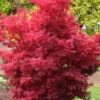




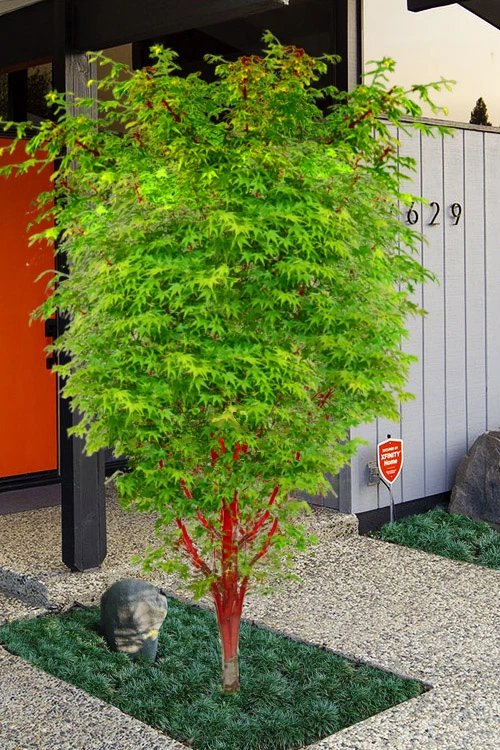
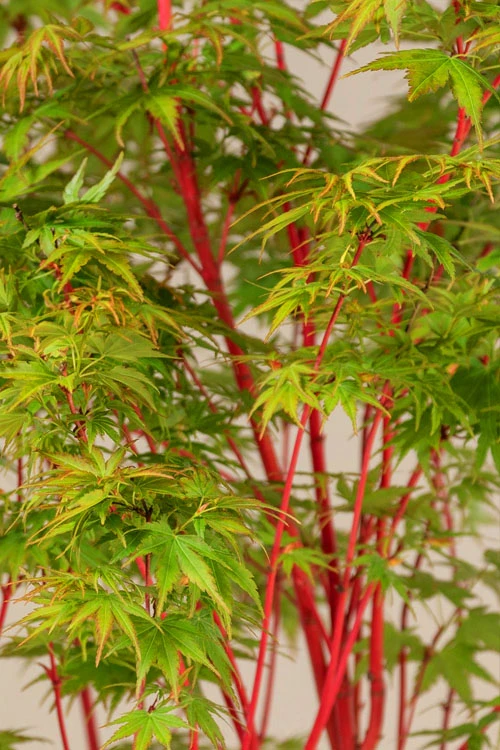

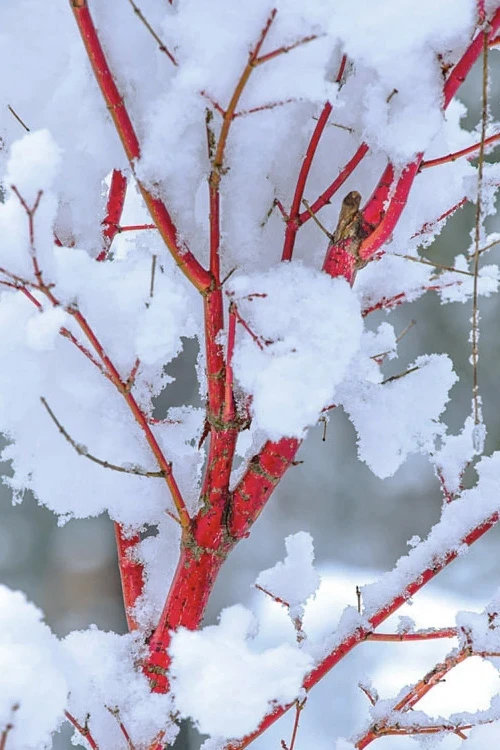



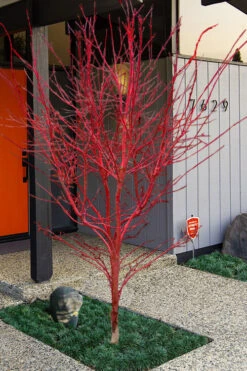



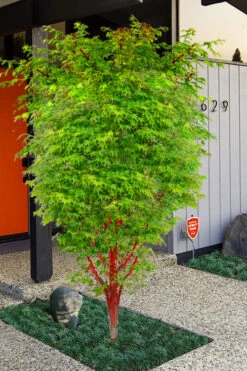







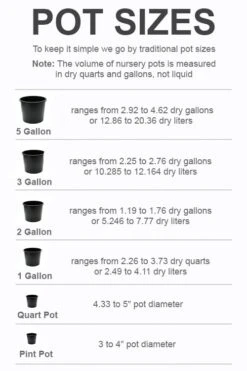


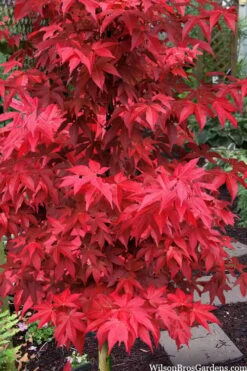

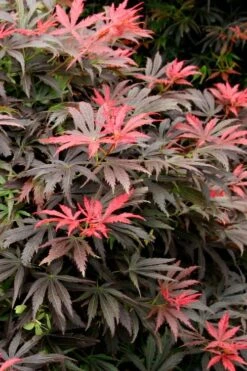
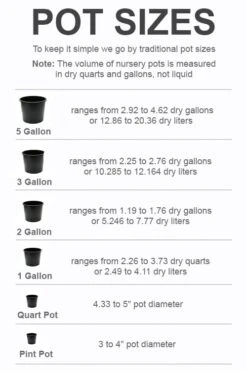
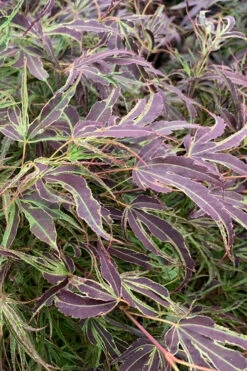
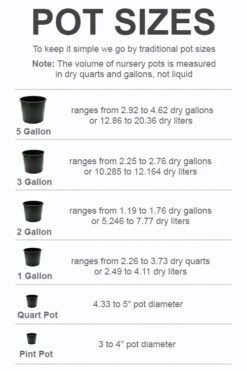


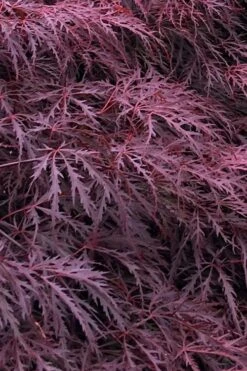
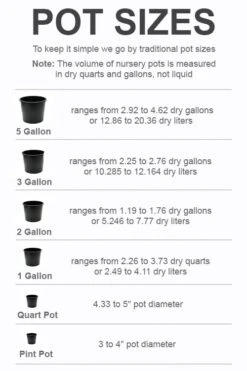
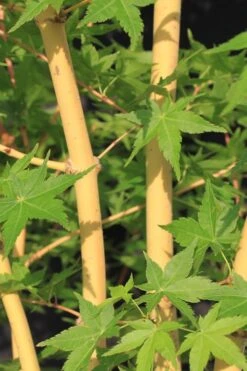

Reviews
There are no reviews yet.